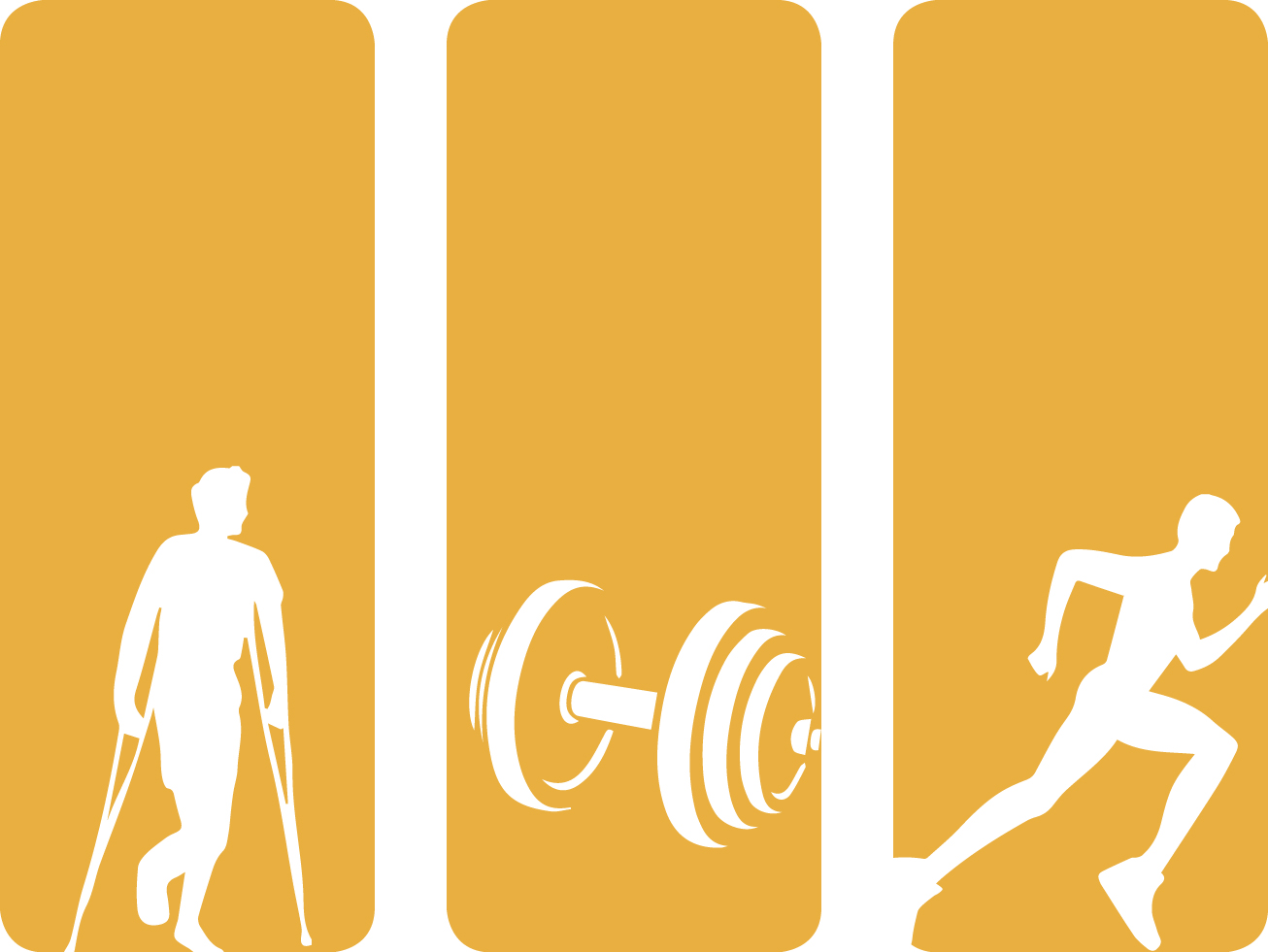Ready, Set, RUN!
It's spring time again and as the weather improves many of us get back to outdoor activities we have abandoned for the winter months. Running in particular tends to cause the most problems in terms of injuries for people either re-establishing a running routine or starting to run for the first time.
The goal of this post is to provide some easy tips and tools to decrease the chances of acquiring a running related injury this spring. Running is a difficult and dynamic exercise that takes practice to develop the form and endurance necessary to make it a rewarding experience. Running form is a lengthy discussion and not the goal of this discussion, what will be discussed are things you can do before, during and after your run to prepare and care for your body.
1. Warm up: Often neglected or poorly done, this is essential in preparing your body for the more intense exercise to come. Start with a light cardiovascular activity to warm the bodies tissues, increase heart rate and breathing rate and increase blood (oxygen) delivery to the working muscles. This can be a light jog or quick walk, bike, skip etc. The bottom line is to be on the verge of sweating, it should take about 5 minutes. The muscles in your body work better when they are warm, they become more elastic and are able to contract with greater force. Now you are ready to do some dynamic stretching. Dynamic stretching involves performing controlled movements through a full range of motion that mimic and prepare the body for the exercises you will be performing.
a) Start with some leg swings, grab a wall and swing your legs one at a time forward and backwards and side to side slowly easing into a bigger range of motion each time, about 15 reps of each will do. This provides a stretch to hip flexors, hamstrings, abductors and adductors of the hip.
b) Knee tucks-while standing, grab your knees alternately and pull them up in front of you trying to touch your knee to your chest. Do 15 per side.
c) Butt kicks-start jogging slowly, now try and bring your heel all the up to your glutes, in essence kicking your own butt. This helps to warm up the hamstrings. Do a couple sets of 30.
d)High knees-just like butt kicks but now you are trying to bring your knees as high as you can in front of you. Do a couple sets of 30. Don't forget to pump those arms!
Ok, you're ready to go, there are many more dynamic stretches you can do before you run, consider this list the bare minimum.
2. Use a running progression: Even if you are an experienced runner it is advisable after some time off to use some kind of progression to build back up to longer distances and higher intensities. This can be a walk/run program for beginners where you alternate between running and walking in a set ratio such as running for 1 minute and walking for 2. Slowly increase the running time and decrease the walking time with each running day until you are running continuously. For more experienced runners starting with slow short runs and increasing distance and speed over successive runs is an option.
3. Cool down and recovery: After your run keep moving for a bit to let your heart rate and breathing rate slow down gradually. Your muscles may feel tight and if you feel like doing some traditional static stretching now is the time. Static stretching involves holding a muscle at its most lengthened position for a period of time often 30-60 seconds. Most people have done this type of stretching before, post running stretching should focus on the legs, calves and hamstrings are often areas of tension after running. Evidence suggests static stretching does not prevent injury but there is no harm in doing it if it makes you feel better, just keep it to after your run and use dynamic stretching before you exercise.
